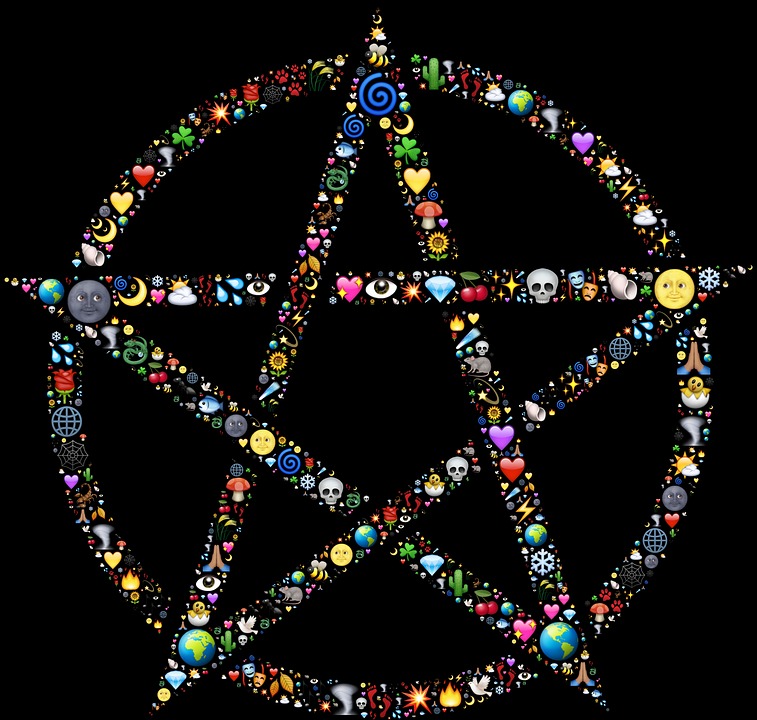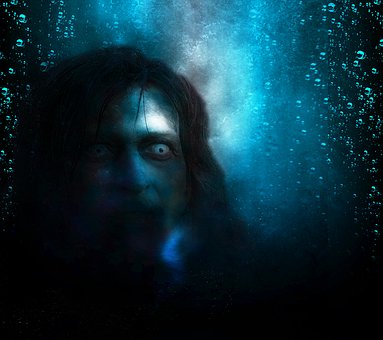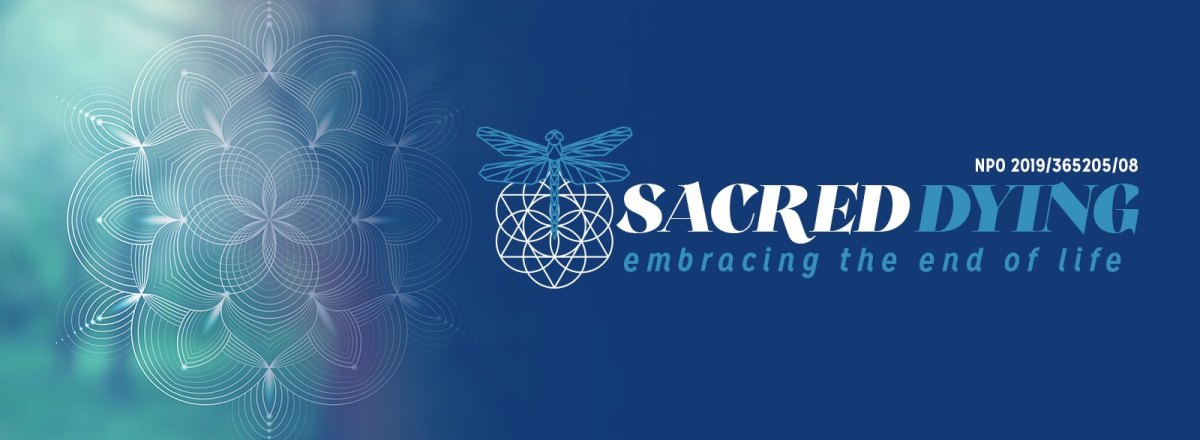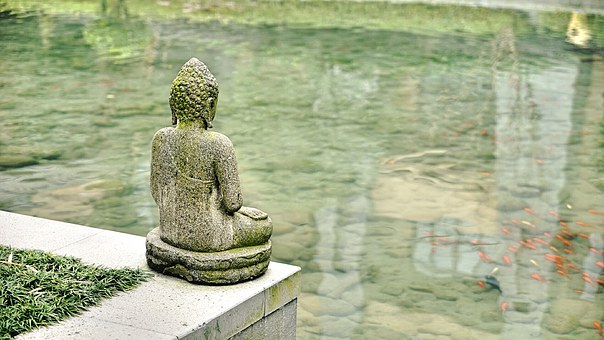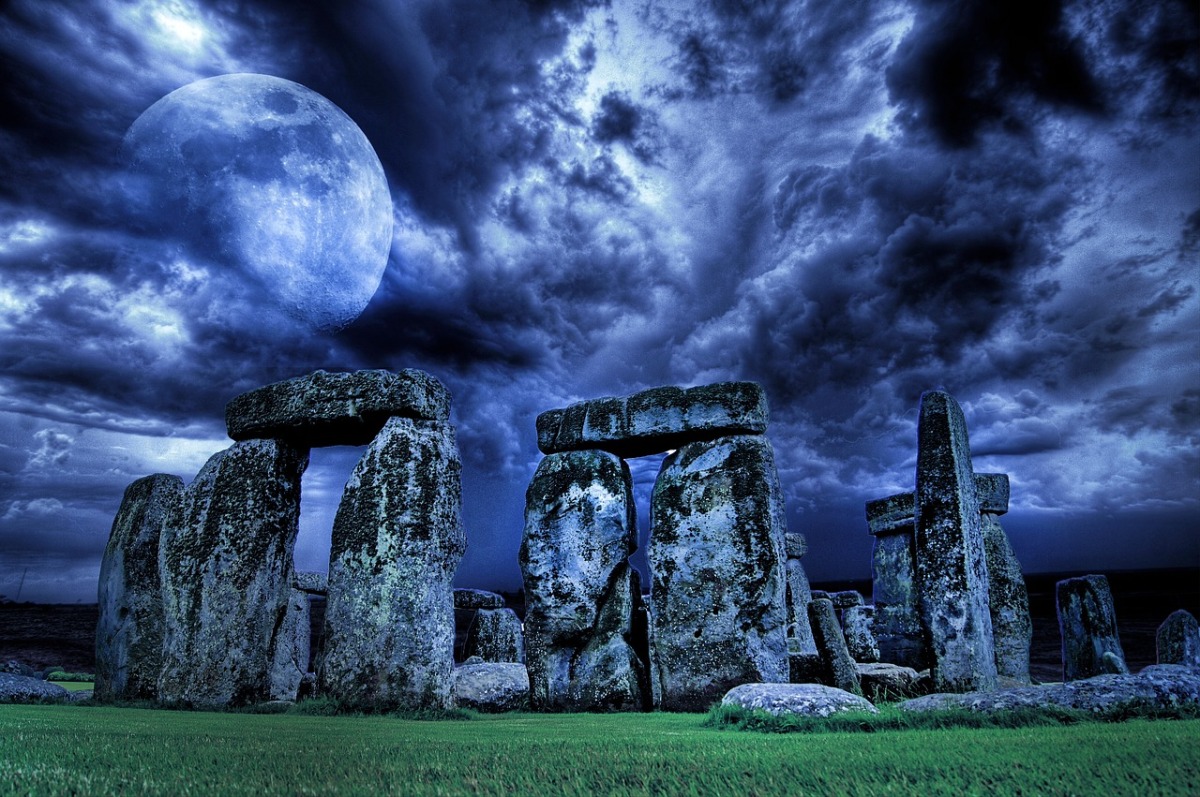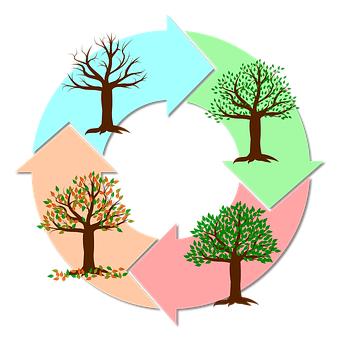Old Indian Proverb: When you were born you cried and the world rejoiced.
Live your life in such a way that when you die,
the world will cry and you will rejoice.
Tag: die
Chaitanya
Mendicant god. Hindu (Puranic). A deified mortal who became one of the many incarnations of the god VISˇNU. Born at Nadiya in AD 1484, he died at Puri in 1527. Chaitanya was a sickly child who, according to legend, was left to his fate, hanging in a tree to die, but was revived by the gods and thus became deified. He was married twice before adopting a strict ascetic existence at the age of twenty-four, from which time he traveled extensively, eventually settling in the holy city of Benares. He is remembered as a great social reformer. His main sanctuary at Nadiya includes a small statue of KRSNA to whom he devoted himself.
Black Dogs
In Arthur Conan Doyle’s The Hounds of the Baskervilles, he describes a black dog, just like the ones that appear in British legends. “…there stood a foul thing, a great black beast, shaped like a hound, yet larger than any hound that ever mortal eye has rested upon.” It is said, in legend, that if one spied, or spoke to one of these large dogs (the size of a calf or larger) he was bound to die. They are also known to have eyes that shine in the dark. In Scotland, tales of the cu sith, or færie hound was also known to foretell death or illness.
Bean-Nighe
This variation on the Banshee could be found in the legends of Ireland, Scotland and Brittany. The name ‘Bean-Nighe’ means washer woman. She was called this as she was usually seen washing bloody garments at the water’s edge. her feet were webbed like those of a duck or goose. If a traveler saw her before she spied him, he would survive, however, if she spied him first, he would die. In the Scottish Highlands, it was thought that only those about to die could see her.
Banshee
The banshee in Irish Gælic, is called ‘bean sidhe’, which means ‘supernatural woman’. She is envisioned with a sunken nose, scraggy hair and huge hollow eye sockets. Her eyes are fiery red from continuous weeping. She wears a tattered white sheet flapping around her. She wails outside the door of someone who is about to die, but only for old families. All the best clans have their own private banshee. They are very closely related to the bean-nighe and cointeach.
Sacred Dying – Embracing The End Of Life
Having experienced the loss of family members from an early age has been the result of me adapting my way of thinking regarding living and dying; there is really no difference between birth and death, as both are equally sacred moments of the soul and facts of life. Sometime or the other we are all going to die.
Death is simply an end to the physical body, as the soul prepares its transition back into the spiritual realm. Nobody dies a moment before their time and nobody lives a moment after their time has come to make this great transition. None of us want to die; we want to live longer because that is what we know – the fight or flight for survival is in our primitive brain.
It is pointless to desire an extended life because it is all there – past, present and future, happening right now as we stay focused in the present moment. Having lived the past 15 years or so removed from traditional spiritual teaching and embracing the more holistic approach to life and death, has assisted me in understanding death with ease.
The many books I have read on the subject of death and dying, as well as the volunteer work with CANSA, serving the terminal patients who had been sent home to die, I was blessed in that I learnt much from both the patient and their families during this time, as they were trying to cope with impending death and finally the grieving stage of a loved one.
As a holistic practitioner since 2005, I promote the holistic and palliative approach to death. The imminent death of a patient, whether it is that of a family member or a client, is a sacred moment. There is no better way to show your love than just to be there for the dying person, assuring them that they will not die alone.
There is nothing fearful about death or dying. For both the dying and the living to partake in this very sacred time of transition, is a final gift of love to sit vigil at the deathbed.
Many years of learning about holistic care has led me to a place of sharing my knowledge with you. As Ramm Dass once said “If you are going to die, the best way to prepare is to quiet the mind and open the heart. If you are going to live, the best way to prepare is to quiet the mind and open the heart”. May we that are called to serve the dying, practice quieting the mind as we open our heart to serve those that are facing death, and share love and compassion to those that are left behind to mourn the passing of their loved one.
Mona Minnaar (SNHS/RHASA/CEOLD)
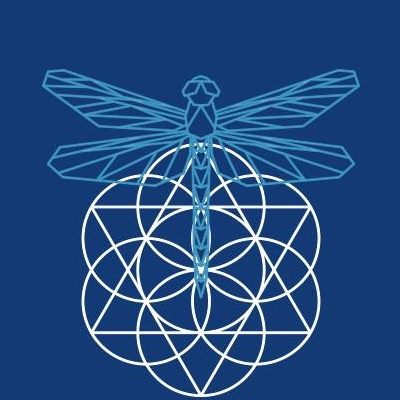
On Being Thankful by Buddha
“Let us rise up and be thankful, for if we didn’t learn a lot today, at least we learned a little, and if we didn’t learn a little, at least we didn’t get sick, and if we got sick, at least we didn’t die; so, let us all be thankful.” — Buddha
Amesbury
by Brian Edward Rise
A town near Stonehenge in Wiltshire on the eastern edge of the Salisbury plain. During the Middle Ages there was a monastery and convent there to which, Malory says, Guinevere retired to die. Supposedly there was an early British monastic community there but if true, it was obliterated by the Saxons and it did not continue.
Mabon / The Autumnal Equinox
by Blathnaid (a/k/a Erin Scott)
Mabon is a Sabbat of celebration for the abundance of the harvest; a time meant for us to give thanks through song, dance and feasts. This is a time of balance, when day and night are equal once again; a time of meditation and introspection; a time to slow down the pace of our lives and to relax and recognize our own personal harvests during the year that is fast declining; a time to appreciate the connection we have with those around us, as well as those who have gone before us. It references the sense of community that this harvest festival fosters, for it’s through our kinship with those close to us that we endure through the long, dark, cold nights of Winter. The Autumnal Equinox is a time when we prepare our personal harvests, gathering those experiences transpired over the past year(s), bringing them within, making them a part of who we are – allowing them to die, regenerate into wisdom, and be reborn within.

